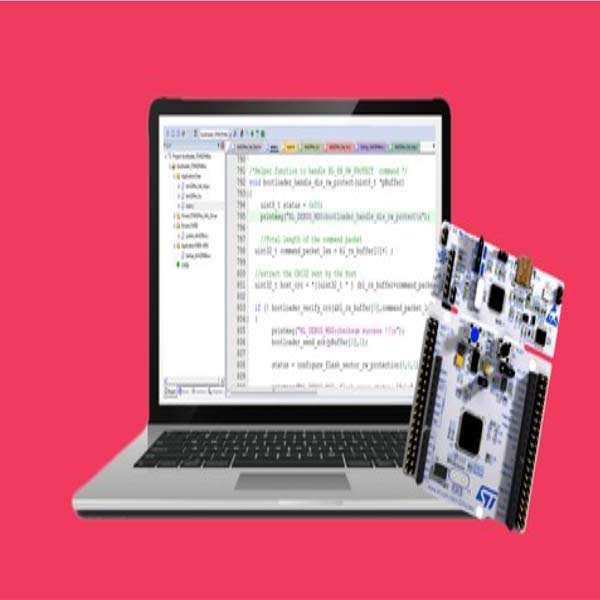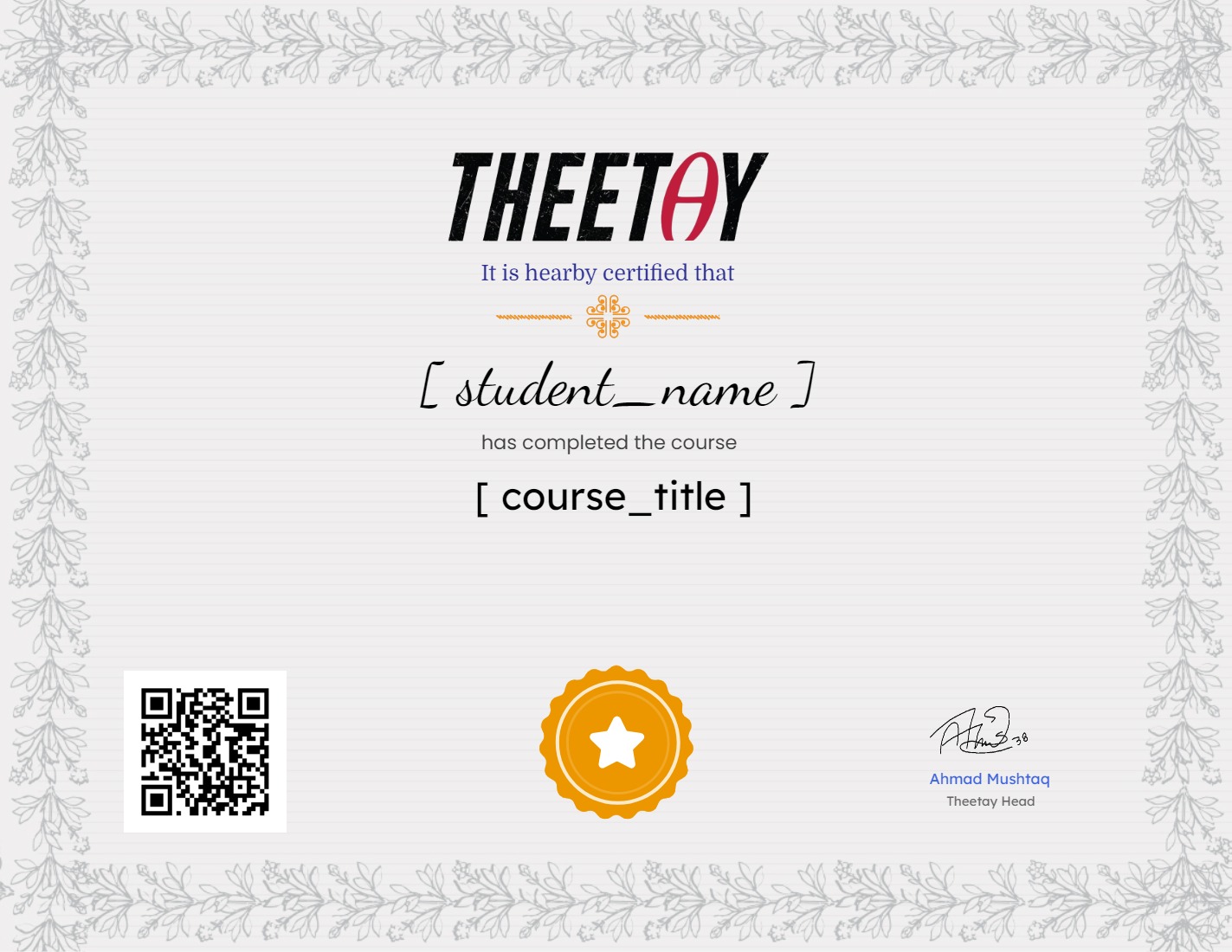STM32Fx Microcontroller Custom Bootloader Development

About Course
Get started with Micro-controller Bootloader Development.
This course will be suitable for beginners in the domain of embedded systems and programming.
This course is all about learning to develop a custom BootLoader for ARM CORTEX Mx powered STM32Fx microcontroller.
In this course, I will guide you through a step-by-step procedures to develop your own BootLoader and we will explore many things related to BootLoader programming.
The BootLoader we are going to develop in this course will have the following features
1) It can do in-application programming(IAP). You can use the BootLoader to flash a given application binary
2) Read microcontroller-specific data
3) Flash related configurations like setting up read and write protections for different sectors
4) Flash sector erase
5) Mass erase of the user flash
6) Read and display the protection status of the flash memory
7) Jump to the specified address to execute the code
Along with custom BootLoader development, you will also understand
1) The different memory organization of a microcontroller
2) Memory aliasing and different boot modes of STM32
3) How MCU boots after power-up
4) Vector table mapping and vector table relocation use case of arm cortex mx processor.
5) Difference between In-system programming(ISP) and in-application programming(IAP)
6) Custom boot loader design flow chart
7) Host and Boot loader communication method
8) Implementation of different boot loader commands
You can also extend this BootLoader by giving the following features once you complete the course
1) Encrypt and Decrypt the firmware sent by the host using AES
2) Over-the-air programming by interfacing WIFI or Zigbee Modules
Hardware used in this course:
In this course, STM32F446RE Nucleo board is used.
If you have any other board based on the STM32 microcontroller then also you can use the codes developed in the course with no or minor changes.
Software used:
1) KEIL-MDK-5 for WINDOWS
2) OpenSTM32 SystemWorkbench for (WINDOWS/LINUX/MAC OS)
Learning order of FastBit Embedded Brain Academy Courses,
If you are a beginner in the field of embedded systems, then you can take our courses in the below-mentioned order.
This is just a recommendation from the instructor for beginners.
1) Microcontroller Embedded C Programming: absolute beginners(Embedded C)
2) Embedded Systems Programming on ARM Cortex-M3/M4 Processor(ARM Cortex M4 Processor specific)
3) Mastering Microcontroller with Embedded Driver Development(MCU1)
4) Mastering Microcontroller: TIMERS, PWM, CAN, RTC,LOW POWER(MCU2)
5) Mastering Microcontroller: STM32-LTDC, LCD-TFT, LVGL(MCU3)
6) Embedded System Design using UML State Machines(State machine)
7) Mastering RTOS: Hands-on FreeRTOS and STM32Fx with Debugging(RTOS)
8) ARM Cortex M Microcontroller DMA Programming Demystified(DMA)
9) STM32Fx Microcontroller Custom Bootloader Development(Bootloader)
10) Embedded Linux Step by Step using Beaglebone Black(Linux)
11) Linux device driver programming using Beaglebone Black(LDD1)
Course Content
Course Overview
-
A Message from the Professor
-
– Course Overview
04:27
Introduction
MCU memory Reset Sequence and Boot configs
Development board used in our courses
KEILMDK5 IDE setup for ARM Cortex M based MCUs
Installing OpenSTM32 SystemWorkbench
STM32CubeMX
Exploring STM32 Native Bootloader
Custom Bootloader Communication with HOST
BootLoader Project Creation
BootLoader UART Testing
Bootloader Jumping to User Code
Bootloader Read Commands from Host
Implementing BLGETVER Command
Implementing BLGETHELPCMD
Implementing BLGETCIDCMD
Implementing BLGETRDPLEVELCMD
Implementing BLGETGOTOADDRCMD
Implementing BLFLASHERASECMD
Implementing BLMEMWRITECMD
Options Bytes and Flash Sector Protection
Exploring HOST Application
Earn a certificate
Add this certificate to your resume to demonstrate your skills & increase your chances of getting noticed.

Student Ratings & Reviews


